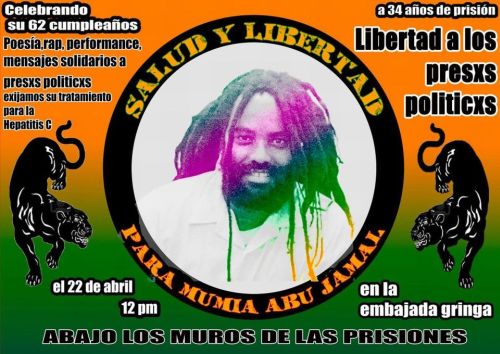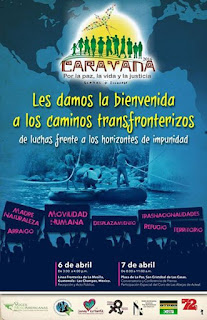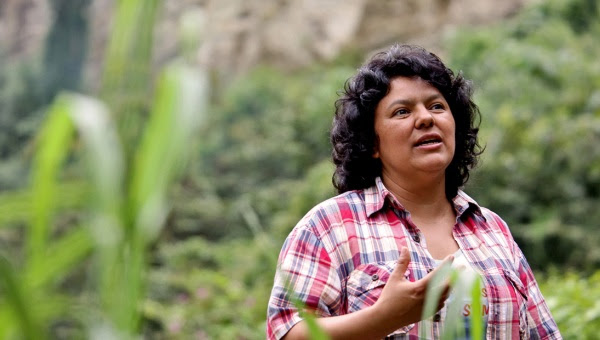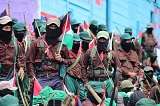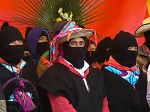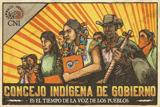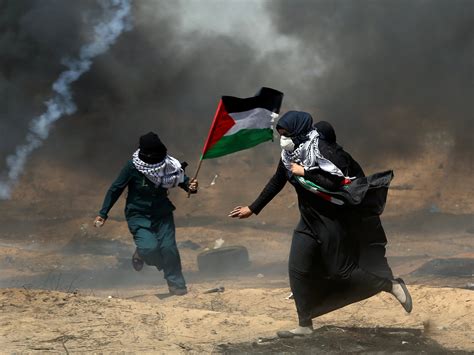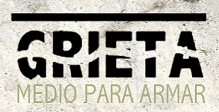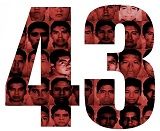Sorry, this entry is only available in Español. For the sake of viewer convenience, the content is shown below in the alternative language. You may click the link to switch the active language.
Los objetivos de «la guerra contra las drogas»: negros y jipis
Para la juventud de hoy, el nombre John Ehrlichman no les resulta familiar.
Pero para las personas que vivieron en los años 60, es famoso o notorio. Él era un ex miembro de alto rango del personal de la Casa Blanca, un colaborador cercano al ex presidente Richard M. Nixon, y uno de los llamados «plomeros» de la Casa Blanca, un equipo de investigadores especiales que tenían un papel central en el infame escándalo Watergate.
Hace alrededor de 22 años, Ehrlichman reveló secretos a la revista Harper’s, para un reportaje en que varios oficiales hablaron abierta y francamente sobre las intrigas políticas tras la llamada «guerra contra las drogas», lanzada por el gobierno de Nixon en el calor de la guerra en Vietnam.
Según Ehrlichman, la «guerra contra las drogas» se inició como un «instrumento politico» para atacar a dos comunidades radicales: los negros y los jipis anti-guerra (la juventud de aquellos tiempos). Era una manera política de golpear a los dos grupos sin aparentar hacerlo. Y funcionó. Estupéndamente. La «guerra» permitió a los policías, armados con una ley corrupta, tirar a patadas las puertas, conducir redadas en departamentos y encerrar a la gente –todo en nombre de «salvarlos del flagelo de las drogas».
Herr Ehrlichman confesó a Harper’s: «¿Sabíamos que estábamos mintiendo sobre las drogas? Claro que sí».
Ahora, décadas después de que la prensa, los tribunales, y los intelectuales de la nación se sumaron a esa campaña indigna y corrupta, la verdad sale a la luz. No se trató de las drogas. Nunca lo hizo. Se trató de la política.
Dijo Mao: «La política es guerra sin derramamiento de sangre». Y sus palabras parecen ser muy ciertas hoy en día. Porque esa maldita «guerra contra las drogas» –en realidad una guerra contra los pobres, los negros, los radicales y los jipis– ha devastado comunidades enteras, creado el leviatán del sistema carcelario más grande del mundo, y echado un sinnúmero de almas a hoyos infestados con odio y al inframundo de prisión, libertad vigilada y muerte.
Esta guerra, que todavía se hace en las ciudades y comunidades de la nación, era un truco fraguado por el difunto «Tramposo Dick» Nixon, y adoptado por los gobiernos estatales y poderes policiacos para destrozar las comunidades habitadas por gente de piel oscura –gente indispuesta a votar para el Partido Republicano, por cierto– con el respaldo de una ley injusta e intrusa.
Y ésa, según Ehrlichman, era su intención: «causar estragos en las comunidades» –las comunidades de resistencia contra el Estado.
La «guerra contra las drogas» estaba perdida antes de que se empezara, porque se basó en una mentira.
Desde la nación encarcelada soy Mumia Abu-Jamal.



